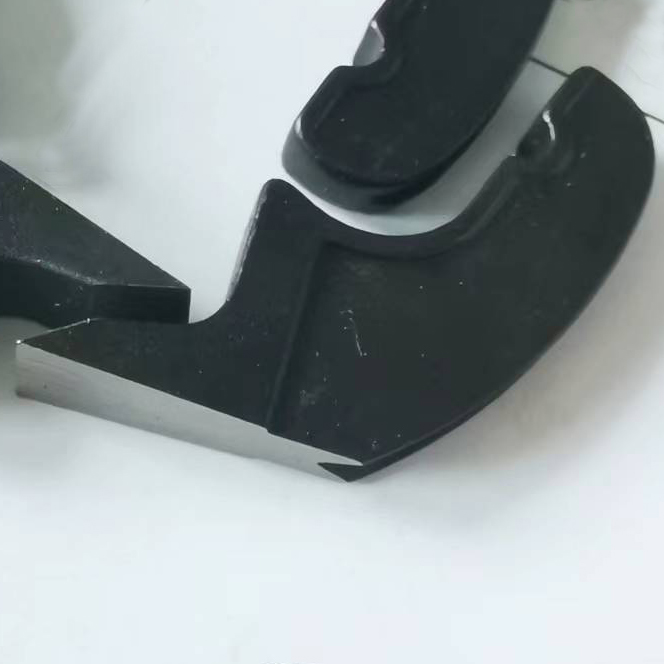Circular Saw Teeth Guide
Circular Saw Teeth Guide
Introduction:
Circular saws are essential tools in woodworking and construction projects. One crucial aspect of a circular saw is its teeth. The design and arrangement of the teeth greatly influence the saw’s cutting performance. In this article, we will delve into the world of circular saw teeth, exploring their types, configurations, and their impact on cutting efficiency.
1. Types of Circular Saw Teeth:
There are primarily two types of circular saw teeth: rip teeth and crosscut teeth. Rip teeth have a simpler design with fewer teeth per inch (TPI). They are ideal for making long, smooth cuts along the grain of the wood. On the other hand, crosscut teeth have a more complex design with a higher TPI. They are specifically designed to cut across the grain of the wood, providing clean and precise cuts.
2. Tooth Configuration:
The configuration of the teeth determines the cutting style and efficiency of a circular saw. Let’s explore some common tooth configurations:
a. Regular Tooth: This tooth configuration consists of an alternating pattern of flat-top teeth and raker teeth. It is suitable for general-purpose cutting in various materials, including wood, plastics, and metals.
b. Alternate Top Bevel (ATB): In this configuration, the teeth are beveled on alternating sides, creating a sharp cutting edge. ATB teeth are primarily used for making clean crosscuts and miter cuts in wood and plywood.
c. Triple-Chip Grind (TCG): This tooth configuration features alternating flat-top teeth and chamfered teeth. TCG teeth are typically used for cutting hard materials such as laminates, MDF (medium-density fiberboard), and non-ferrous metals.
d. High ATB (Hi-ATB): Hi-ATB teeth have an even steeper bevel angle than the regular ATB teeth. This configuration provides exceptionally smooth cuts and is commonly used for cutting delicate materials like veneer and melamine.
3. Choosing the Right Tooth Configuration:
To ensure optimal cutting performance, it is essential to select the right tooth configuration for your specific cutting needs. Consider the following factors:
a. Material: Different tooth configurations are designed to cut various materials efficiently. Ensure that you choose a tooth configuration suitable for the material you will be working with, whether it’s wood, plastic, or metal.
b. Cutting Style: Determine the type of cuts you will be making. If you primarily need crosscuts, invest in a circular saw with an ATB or Hi-ATB tooth configuration. For rip cuts, regular or TCG teeth will provide better results.
c. Desired Finish: The tooth configuration also affects the quality of the cut’s finish. If you require smooth, splinter-free cuts, consider choosing a tooth configuration specifically designed for clean cuts, such as the Hi-ATB.
4. Maintenance and Replacement:
To maintain the cutting efficiency of a circular saw, proper maintenance is crucial. Regularly clean the saw’s teeth using a brush to remove any built-up debris. Additionally, inspect the teeth for damage or wear. Dull or damaged teeth should be promptly replaced to ensure optimal cutting performance and prevent accidents.
Conclusion:
Understanding the importance of circular saw teeth is vital for achieving precise and efficient cuts in woodworking and construction projects. By selecting the appropriate tooth configuration based on the material, cutting style, and desired finish, you can maximize the performance of your circular saw. Remember to regularly maintain and replace worn-out teeth to ensure consistent cutting quality. With this guide, you’re now equipped to make informed decisions about circular saw teeth and achieve outstanding results in your future projects.

